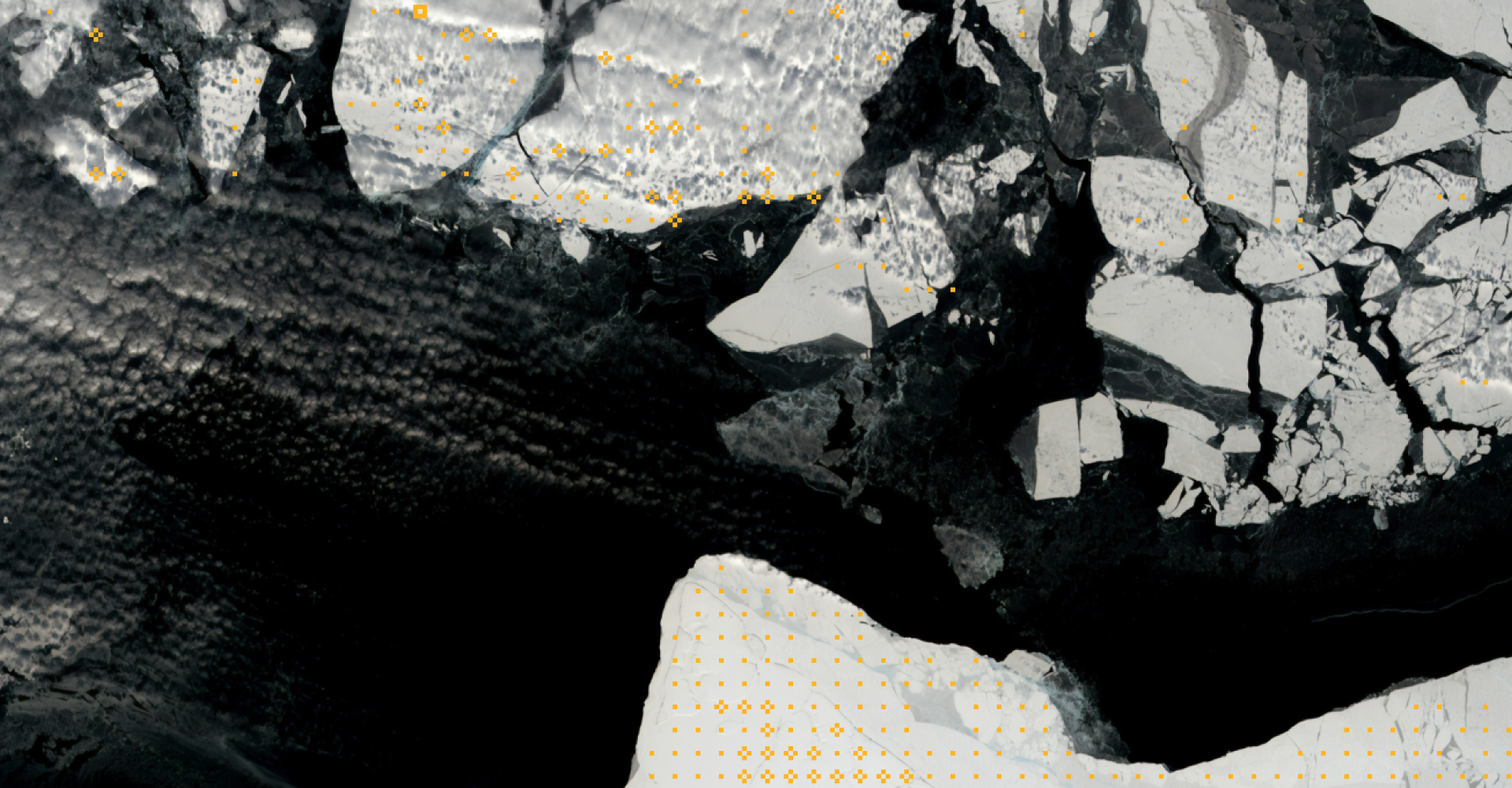Fighting the end of the world, one data point at a time
At Persefoni, we aim to make the daunting task of accurate carbon accounting easy and intuitive. Through our core Climate Disclosure and Carbon Management Platform, we are giving companies and organizations of all sizes and industries the power to start tracking their carbon footprint and start their decarbonization journey.
As part of the small but mighty Product Design team, I work on designing full experiences on different features of our Core platform, engage stakeholders and customers, build and iterate on our native design system, and ideate and strategize on the best experiences for a new industry. This case study reviews two of these main features, Collecting Activity Data and Reduce.

Role
Product Designer — Strategy, Research, Design, Development support, Iteration Maintenance and Testing
Team
Product Designers (Mac McCormick)
Executive Leadership (CEO, Product Leadership)
Product Management, Project Management, Engineering, QA
Overview
Redesign and update of our product to a full 2.0 release, specifically on features that help simplify data collection and start creating reduction plans
The Goal
For the 2.0 version of our platform, we wanted to focus on 2 main things: evolving needs of our users and a better experience. To achieve this we worked on improving existing features based on feedback from customers, listening to the market on what missing capabilities our users were looking for, rebranding our UI and design system, and learning from existing solutions.
Collecting Data & Assigning Tasks
The Problem
Currently not only to users have to manually upload all data (individually or spreadsheets) but need to have a healthy understanding of climate disclosures and the necessary reporting frameworks.
Additionally to share responsibilities there was no way to easily track progress between multiple users within an organization
The Approach
We did a full audit of the current experience against feature requests we were getting from users on existing experience. We also took inspiration from task management systems and guided experiences, imagining what existing behavior patterns we could utilize. After mapping a variety of different flows and possible journeys (both specific to this feature and how it fits in the overall product experience) we were able to start designing and prototyping to test the interactions.
Visualizing Carbon Reduction
The Problem
Once users are aware of their carbon emissions the next step is to plan how to reduce their carbon footprint. However there was no clear way for users to know where to start on their reduction plan nor an easy way to see where they would find the biggest impact in their decarbonization efforts.
The Approach
We wanted to create a quick way to visualize what reduction areas would create the biggest impact for the company as a whole. We decided to go with a slider component to lean on the intuitive nature of an experience that could immediately reflect the changes visually.
Where We Started
An example of baseline research and discovery work for these features is exemplified in the work we did for the Collect feature.
Existing journey with gaps and opportunity points
Re-imagined journey map based on user paths
Research on existing tools
Updated user flow with decision points
The Outcome
Collect
Reduce
“I LOVE 2.0. . … [it’s] much easier than the last version”.
— User after using the new product
Where to go from here
Next Steps
For both features our next steps are getting in-depth user feedback via monitored tests and discussion guides. The results of these sessions will hopefully help us prioritize where we want to focus on for the next set of UX updates.
In addition to testing of the features as is to determine future iterations, we are also planning new features to compliment and take the user needs one step further. In a future case study I hope to showcase the next step in carbon reduction: creating a decarbonization plan to actually help companies take steps on a multi-year plan on reducing their footprint to meet their goals.










